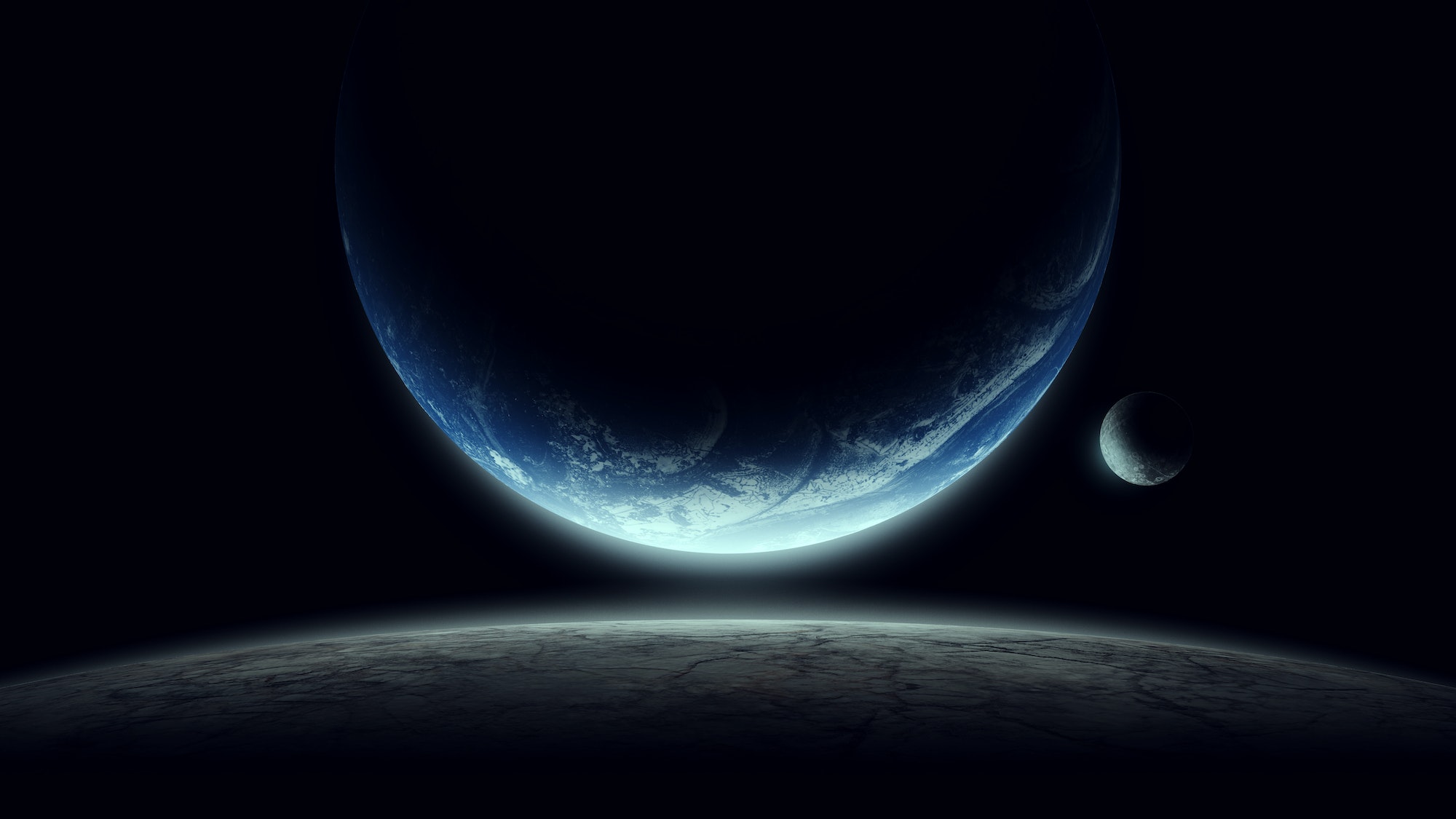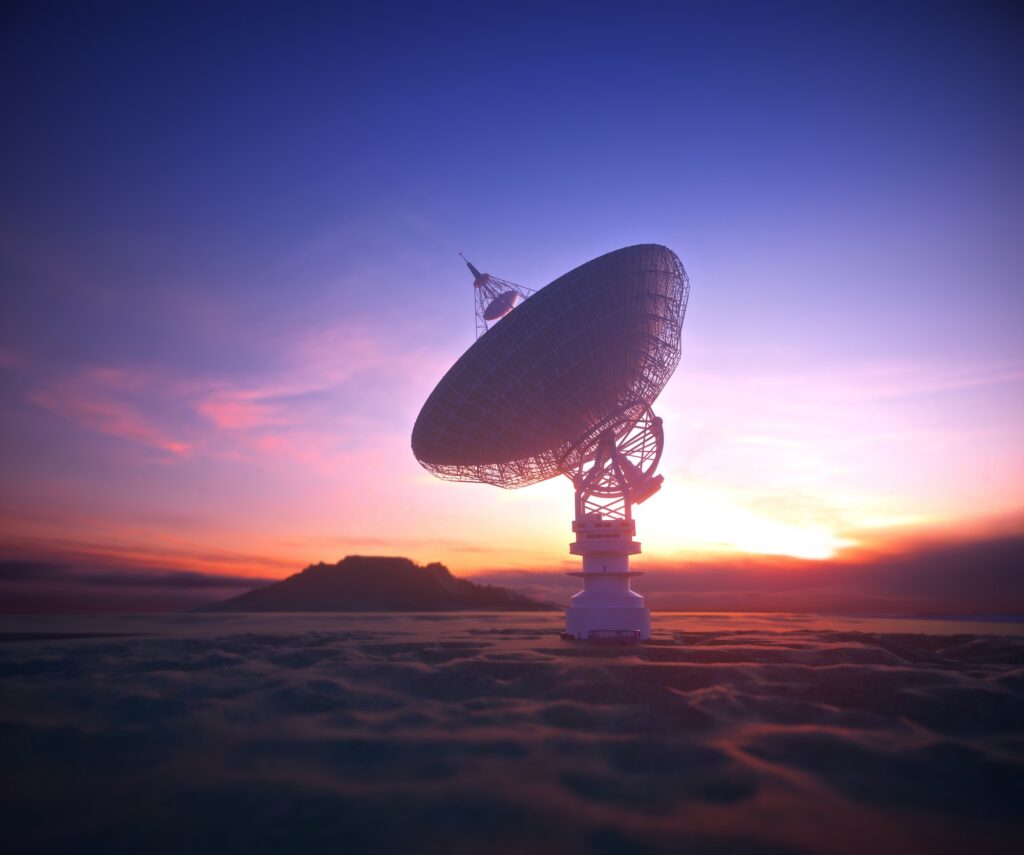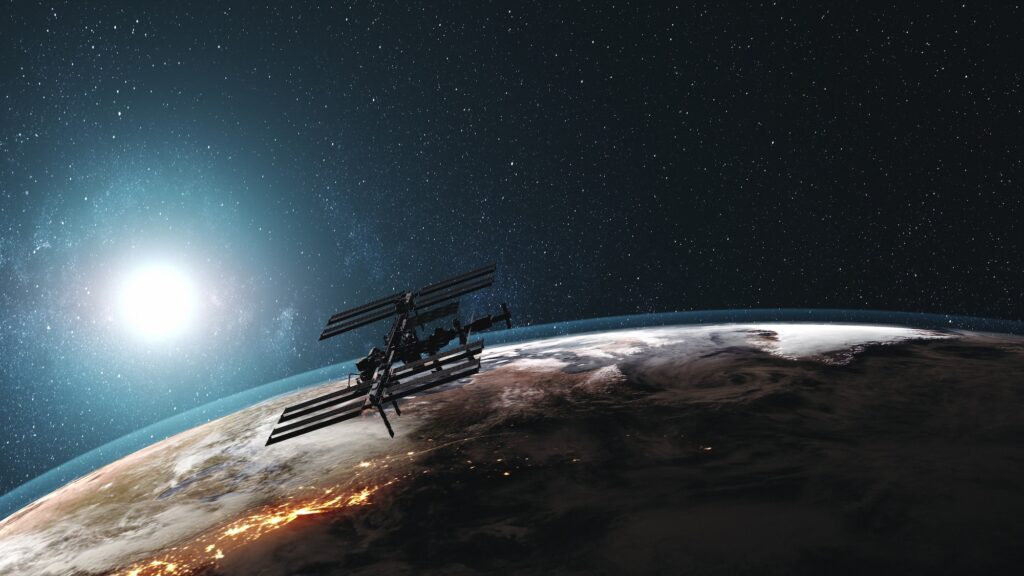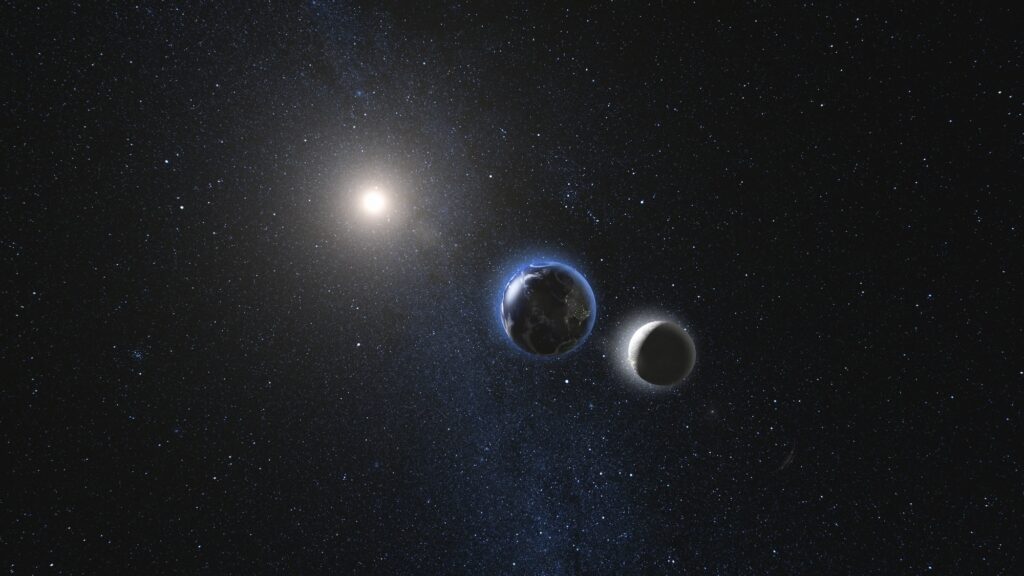Address
33-17, Q Sentral.
2A, Jalan Stesen Sentral 2, Kuala Lumpur Sentral,
50470 Federal Territory of Kuala Lumpur
Contact
+603-2701-3606
info@linkdood.com
Address
33-17, Q Sentral.
2A, Jalan Stesen Sentral 2, Kuala Lumpur Sentral,
50470 Federal Territory of Kuala Lumpur
Contact
+603-2701-3606
info@linkdood.com

Harvard prof Avi Loeb may have found pieces of alien tech in a meteor. This thing smacked into the sea near Papua New Guinea back in 2014. Everyone’s talking about it, and it could change everything we know about the universe. Let’s get into what happened.

Loeb is a big deal in the world of astrophysics and teaches at Harvard. He and his crew were checking out some stuff from the meteor when the U.S. Space Command said there was a 99.999% chance it came from another solar system. Loeb’s team then worked out where it might have hit by looking at when the blast wave, explosion sound, and light showed up.
They found the probable landing zone lined up with a 10 km spot the U.S. government had marked. So they hopped onto the Silver Star, a ship made for these kind of jobs, and started searching. They used a magnetic sled to scan the ocean floor and found ten little spherules.

These spherules, little balls like tiny Earths, are something else. Under a microscope, they’re gold, blue, and brown and made of 84% iron, 8% silicon, 4% magnesium, 2% titanium, and a bit of other stuff. They’re smaller than a millimeter but tougher than any space rock NASA’s got on record.
Loeb has this wild theory about the spherules. They’re so tough and move so fast (60 km per second, faster than 95% of stars near the sun) that he thinks they might be pieces of an alien spaceship or some other tech from a different civilization. Kind of like what our Voyager spacecrafts might look like far in the future.

Harvard’s just started looking into these things, and they’ve got a lot of questions. They’re trying to work out if the spherules are natural or if someone made them. If they’re natural, it tells us what kind of stuff is out there in other solar systems. But if they’re not, well, that’s a whole other level of crazy.
Like Loeb says, “It would take us tens of thousands of years to leave our solar system with our current spacecraft and reach another star. This stuff, however, has done just that and ended up in our own backyard. If we look closely, we might find out we’ve got interstellar packages from a civilization that survived billions of years of travel.”

Loeb’s not done yet. He’s still checking out other debris and a bunch of footage their sled-cam recorded. He’s hoping these spherules will lead to a bigger find, like a large piece of the meteor that could show us what it really is—just a rock or a high-tech wonder.
Loeb’s possible discovery of alien tech has got everyone talking. If it’s real, it’s going to shake up our understanding of the universe and make us question if there’s other life out there. Everyone’s waiting to see what more Harvard finds out about these spherules.
Note: This article is based on what we know right now and is all about what Loeb and his team think. More research is needed to double-check these ideas and find out what these fragments really are.

Q1: Who is Avi Loeb?
A1: Avi Loeb is a renowned astrophysicist and a professor at Harvard University. He is well-known for his work in theoretical physics and his research in black holes, the early universe, and the search for extraterrestrial life.
Q2: What exactly did Professor Loeb and his team find?
A2: They found ten small spherules in a meteor that landed near Papua New Guinea in 2014. These spherules have unique properties, including being composed of unusual elements and possessing a strength greater than any known space rock.
Q3: Where did these spherules come from?
A3: According to the U.S. Space Command, there’s a 99.999% chance these spherules originated from another solar system. The exact solar system is unknown.
Q4: Could these spherules really be pieces of alien technology?
A4: It’s possible, but not confirmed. Professor Loeb has proposed this as a hypothesis due to their unique properties and high-speed travel. However, more research and analysis are needed to determine if they are indeed remnants of alien technology.
Q5: What happens now?
A5: Professor Loeb and his team at Harvard continue their research. They’re investigating if these spherules are natural or artificial. If they’re natural, it gives us a better understanding of the universe beyond our solar system. If they’re artificial, it raises questions about the existence of extraterrestrial civilizations.
Q6: What are the implications if these spherules are proven to be alien technology?
A6: If confirmed, it would drastically shift our understanding of the universe and the potential existence of extraterrestrial civilizations. It would open up new avenues of research and potentially reshape the future of space exploration.
Q7: Is this the first time we have found potential evidence of extraterrestrial life?
A7: No, but this would be the most compelling evidence so far. Scientists have previously found potential signs of life in the form of microfossils in meteorites and unusual methane levels on Mars. However, these findings are still subject to ongoing debates and none have been definitively proven to indicate extraterrestrial life.